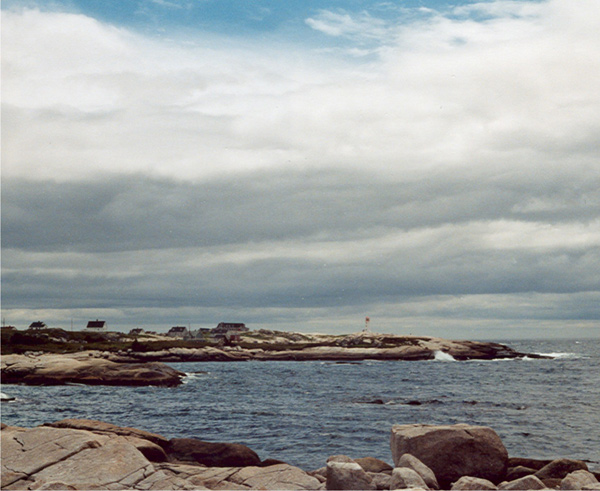One of the coldest places that you can go to on Earth is the Arctic Circle. Compared to Denver's usual four season climate, the Arctic Circle is very unique. As well the mountainous landscapes of Denver and the Arctic Cirlce are incomparable.
In the Arctic there are many Iceberg. Icebergs normally have only about 30 to 40 percent above water and the other 70 to 60 percent is under water.
Most of the Arctic Circle is a Tundra. The definition of Tundra from merriam-webster.com is "a large area of flat land in northern parts of the world where there are no trees and the ground is always frozen" It is very hard for any form of vegetation to grow in the harsh climate because of the very short "spring" time weather.
Brooks mountain range is the highest peak in the Arctic Circle at about 9,000 feet.
The Brooks range is within the Arctic Circle and it runs in a east-west direction across Alaska. The peaks range from about 3,000 feet to 9,000 feet on the high end. The mountain range is 210 million years old hypothesized by a University of Alaska Professor because his recently discovered a 210 million old fossil in the mountain range.
The Landscape of the Arctic Circle 10,000 Years from Now.
I think that the Arctic Circle will become a lot warmer in the next 10,000 years. As you can see from the chart below that the average temperature has gone up in the Arctic from 1900 to 2000. Because of this spike in temperature in recent years there has been more melting of glaciers and sea ice causing rising sea levels. Also 10,000 years from now the world will have a greater population which will result in more greenhouse gases. If the temperature increases, then the amount of vegetation will also increase. So this means that there will be more trees are forest and less tundras.
The Temperature from 1900 till 2000 has increased 2 degrees.
The Landscape of the Arctic Circle One Million Years from Now.
The Arctic Circle one million years from now will still be increasing in temperature. The increasing temperature will create a new part of the Arctic that is very agriculturally sound, because the temperature will have melted a lot of the ice making it easy to start up an irrigation system. In addition evaporation should increase more rapidly than precipitation because of higher temperatures.
The arctic can have great irrigation because of the melting water.
The Landscape of the Arctic Circle 100 Million Years from Now.
The Arctic circle that is one million years from now and the Arctic Circle 100 million years from now are very different. The Arctic Circle 100 million years from now is returned to extremely cold. The whole world will go back into an ice age. If you look at the Earth's past it has fluctuated from very hot temperatures to extremely cold temperatures. The Earth is constantly changing and once it gets too hot it will then start to correct itself and return to cold.
The Arctic Circle have a very unique landscape and climate compared to what most people live in. As of current now it has a cold climate along with vast tundras, large icebergs, and snowy mountains. In the next 10,000 years the cold winters will become just a mild winter. Because of the mild winters the ice starts to melt and the sea levels start to rise. One million years from now it will get warm enough for vegetation to start growing, and the melting ice will be great for starting up irrigation systems. But 100 million years from now it will become even colder than it is now in the present day Arctic Circle because of another Ice Age that will take over Earth.
- Physical Geography: A Landscape Appreciation; Tom L. McKnight
- Arctic Thule: Gunnbjørn Fjeld
- Source & ©: ACIA Impacts of a Warming Arctic: Arctic Climate Impact Assessment


